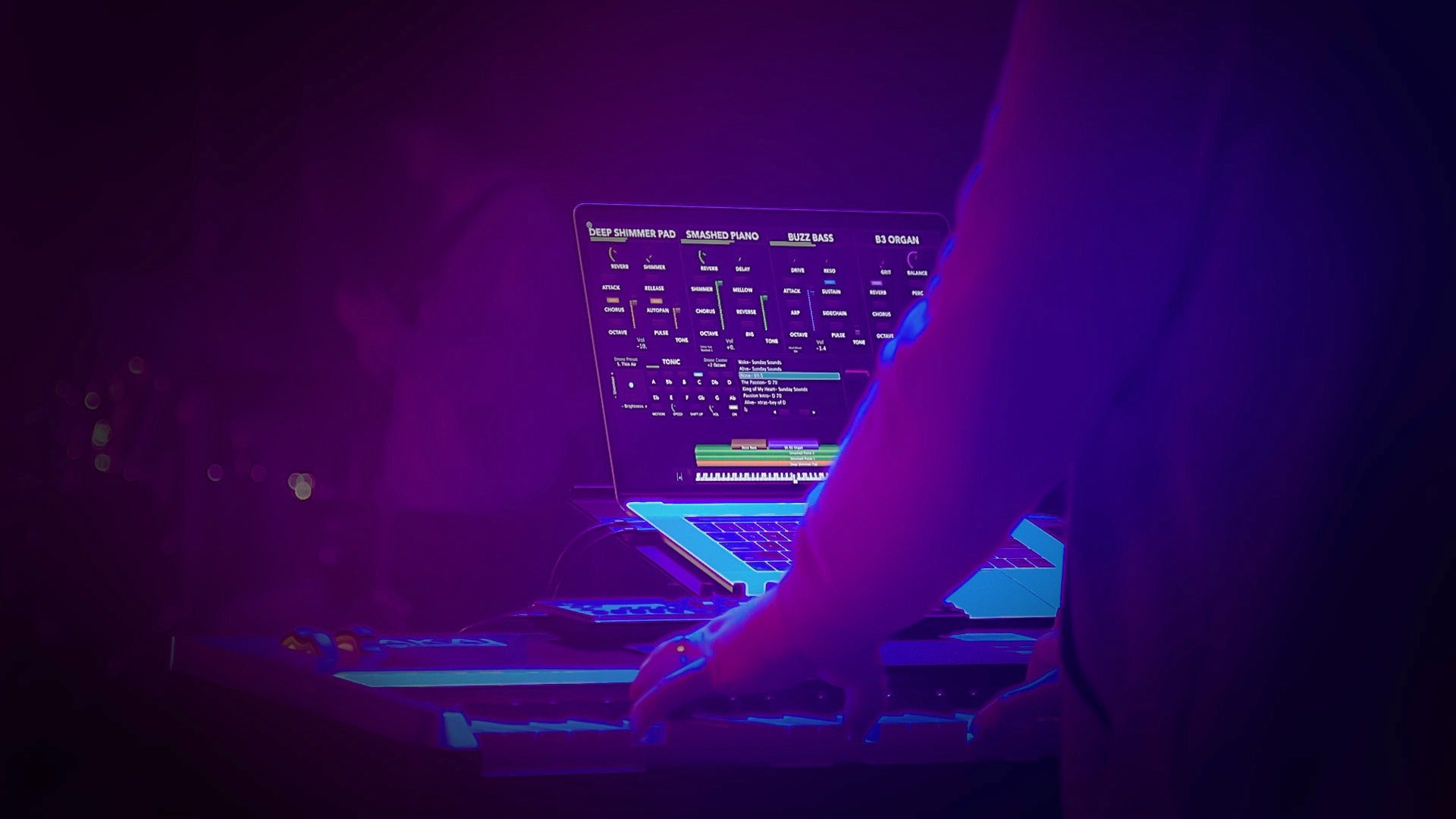There are a few universally recognized relationships often fraught with tension:
With your mother-in-law.
Middle sibling with the eldest.
Anakin and Obi-Wan.
and the worship keys player and the audio engineer.
Re: that last one- I feel like I can actually speak to that with some authority (also, if Anakin would have just kept the lines of communication open with Obi-Wan we probably wouldn't have ended up where we did).
So today here are Three Important Steps to take to work on building a great relationship with your live sound techs and audio engineers as the worship keys player.
Step 1. Do Your Homework
Doing your homework here means dedicating some time as you prepare at home to think intentionally about the signal you’re going to be sending to front of house.
Ask yourself questions like- Are these patch volumes relatively consistent as I move through them? Are there any frequencies that may be building up too much in my layered patches (use EQ to fix this)?
These questions are easy to overlook because when designing sounds the focus is usually just on “does this sound good?”
Taking some time to intentionally place yourself in your audio engineers shoes will make sure you don’t turn them into an Anakin.
Step 2. Perception is Everything
As worship keys players we live and die by our low pass filter sweeps, am I right? Nothing adds energy and excitement quite like sweeping up that LPF just as the bridge of the song drops.
But to your sound person that moment can be where the mix falls apart if you’re not careful. Giant filter sweeps that aren’t well thought out can be a one way ticket out of the mix (in the music industry this is often referred to as being “stranded on Mustafar with no legs”).
So in order to avoid spending the rest of the set stranded on a planet that is literally one giant volcano, you need to understand two important things about those filter sweeps:
One- oftentimes opening up your low pass filter will increase your ACTUAL volume. Not necessarily a bad thing all the time, but you want to make sure this jump isn’t excessive.
Two- often you will also have a big jump in PERCEIVED volume as you open up your filter. What does perceived volume mean? The human ear is MUCH more sensitive to higher end frequencies- so much so that high frequencies are often PERCEIVED as much louder than they may actually be.
When you couple an ACTUAL volume increase with a big PERCEIVED volume boost you end up with an unhappy Anakin Soundmixer.
To combat this, consider programming in a smooth amount of volume decrease as you open up your filter (via your modwheel or whatever other control). Usually a -3 to -6 dB roll off is a good place to start. It’s also definitely worth considering limiting the MAX amount that the filter can open up. Remember that each room is different, so what sounds pleasant at home might be perceived as harsh and nasally at the venue.
Step 3. Ask for Feedback
I’ve interacted with a lot of audio engineers and I’d say there are two general categories that most have fallen into:
Those who feel they are a part of the band/team and those who feel like they’re in a constant battle with the band.
In my experience those who fall into the first category tend to have infinitely better sounding mixes.
But we can’t blame that categorization on the individual audio engineers- it has to do with the culture and relationships that have been built.
The single most effective way I’ve found to draw my audio engineers into the team AND improve my live sound (and the sound of the whole team) is by taking the time to ask for feedback.
Simple questions like “how did that patch sit in the mix for you?” or “was that volume boost in the bridge effective or over the top?” Invite your sound person to share their expertise with you AND provide an open door for real world feedback. After all, when it comes down to it they’re the ones who determine the fate of your mix.
One practice that has been a game changer for me is showing up to rehearsal early and asking my audio engineer for feedback as I play through my patch changes for the set with nothing else coming through the sound system. Oftentimes being able to hear the sounds in isolation gives your audio engineer inspiration and understanding on the kind of space you’re hoping to fill and during these 10-20 minute times you’ll often get really valuable feedback about EQ and volume balance.
After all, friends- the Force is all about balance.
That’s all for today. If this blog was helpful, please consider sharing it with a keys player or audio engineer who you think would enjoy it as well.
TAGS:
sound engineer, audio engineer, sound tech, music balance, patch balance, mainstage sound design, logic velocity curve, Learning MainStage, MainStage Tutorial, MainStage Sound Library, MainStage Additional Content, MainStage Factory Preset, Free MainStage patches, MainStage patch, MainStage 3, MainStage 3 patches, worship patches, MainStage tutorials, worship sounds, Sunday Keys MainStage template, Sunday Sounds, MainStage template, worship template, hillsong patch, hillsong patches, young and free patch, young and free patches, united patch, united patches, elevation worship patch, elevation worship, worship piano, worship pads, worship keys,


Comments
0 comment. Write a comment